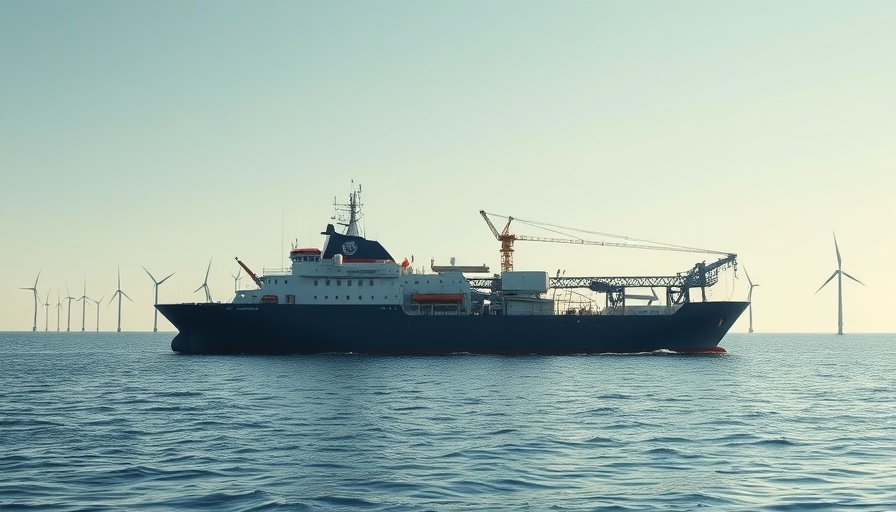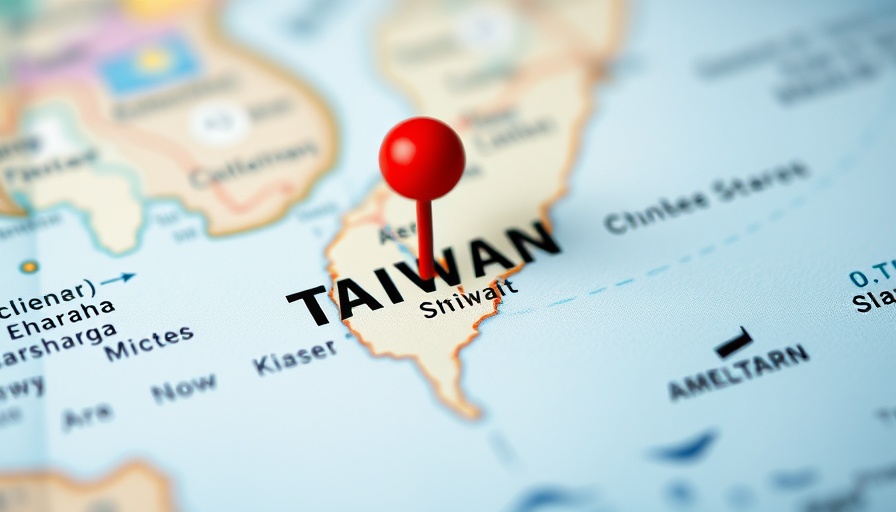
Transforming Offshore Energy: A New Era for the Industry
In a groundbreaking move poised to reshape the offshore energy landscape, Intermoor and Jumbo Offshore have forged a strategic alliance that promises to revolutionize project management and engineering in the oil, gas, and floating wind sectors. Comprising two heavyweights in maritime operations, this partnership marries Intermoor’s deep expertise in mooring systems with Jumbo Offshore's renowned capabilities in heavy-lift transport and installation. Together, they are set to redefine delivery standards for complex offshore projects.
Why This Alliance Matters: Addressing Challenges in Offshore Projects
As offshore projects grow in scale and complexity, the need for collaboration becomes more critical than ever. The alliance addresses multiple challenges faced by the industry today, including enhanced safety requirements, technological demands, and the increasing intricacy of project execution. "By combining our mooring expertise with Jumbo Offshore’s installation and transport capabilities, we’re setting a new standard for offshore mooring execution," noted David McGuire, EVP of Intermoor. The union of these leading firms not only streamlines operations but also reduces dependency on multiple service providers, leading to better resource management and efficiency.
The Technical Synergy: What Each Partner Brings to the Table
Intermoor will lead in missions related to tow-out, station-keeping, and hook-up operations, leveraging its know-how in mooring systems. Meanwhile, Jumbo Offshore will execute the pre-lay of deep-water mooring systems using their DP2 Heavy Lift Crane Vessels, known for their reliability and performance in challenging marine environments. The use of cutting-edge technologies and proprietary innovations, such as Intermoor’s suction embedded plate anchor (SEPLA), further enhances operational capabilities, ensuring projects meet the rigorous standards demanded in today’s deep-water environments.
The Bigger Picture: Implications for Floating Wind and Beyond
This alliance doesn’t just focus on traditional oil and gas markets but emphasizes the expanding floating wind sector. The collaboration is geared toward supporting a variety of floating platforms, including Floating Production Storage and Offloading units (FPSOs), Floating Liquefied Natural Gas ships (FLNGs), and Floating Storage and Regasification Units (FSRUs). By broadening their operational service scope, Intermoor and Jumbo Offshore are not merely adapting to industry trends; they are propelling uniquely integrated solutions for renewable energy sectors.
Future Insights: What Lies Ahead for Offshore Energy?
As energy demands evolve and shift increasingly towards sustainable solutions, this alliance represents an anticipatory response to those needs. Offshore operations are expected to play a critical role in achieving renewable energy targets globally, with floating wind projects at the forefront. As noted by Brian Boutkan from Jumbo Offshore, "It’s a win-win for operators, developers, and the industry at large.", highlighting a collective enthusiasm for this shift toward integrating traditional facilities with renewable resources.
Final Thoughts: A Call for Collaboration in Offshore Energy
The strategic alliance between Intermoor and Jumbo Offshore is more than just a business partnership; it’s a proactive step toward creating a safer and more efficient offshore sector that meets future energy demands. As the offshore landscape continues to grow in complexity and scale, such partnerships will be integral to delivering smarter solutions that benefit the industry as a whole. Keeping an eye on the ongoing developments and how these leading firms implement their strategies will provide invaluable insights into the future of offshore energy.
 Add Row
Add Row  Add
Add 




Write A Comment